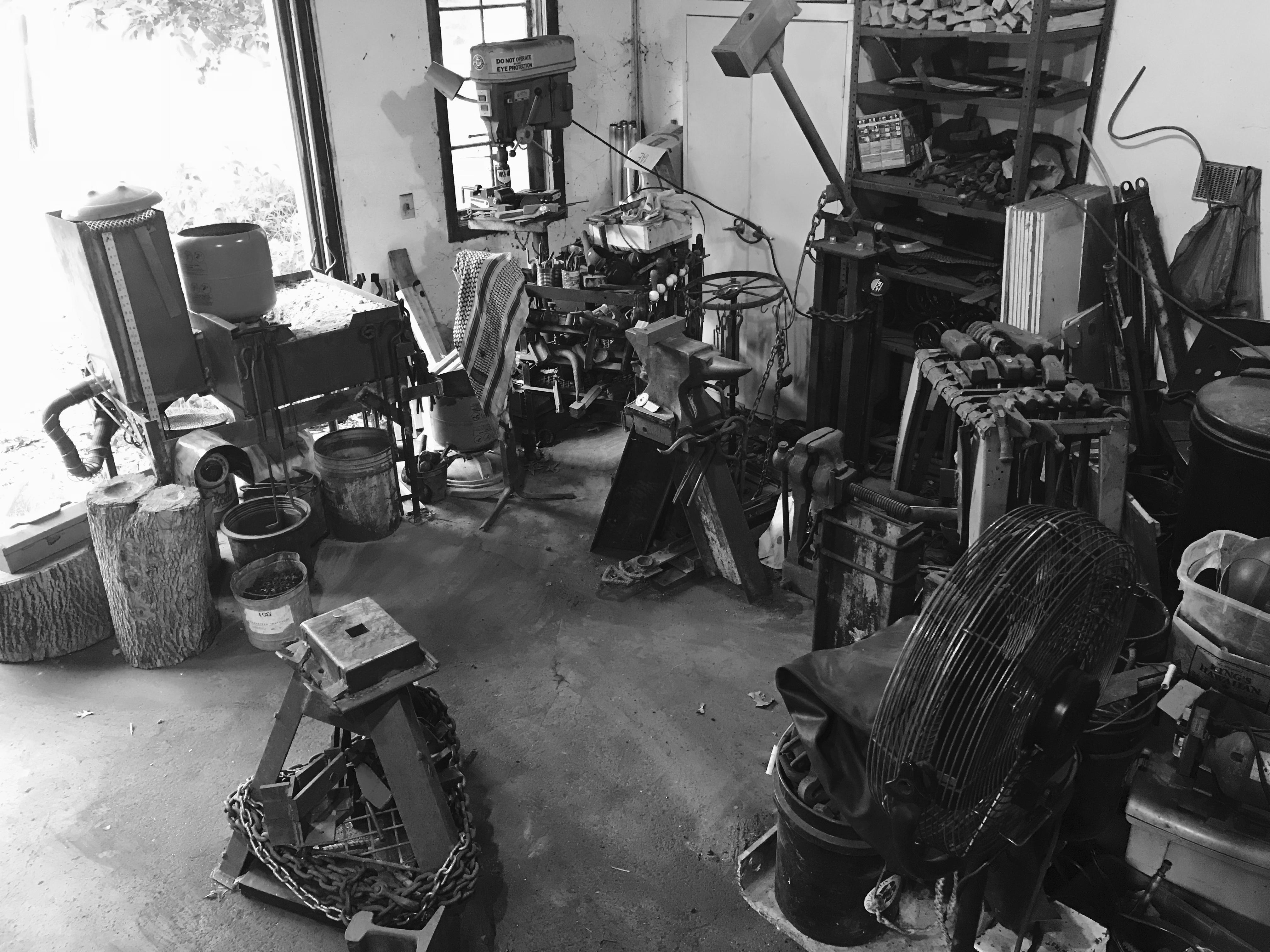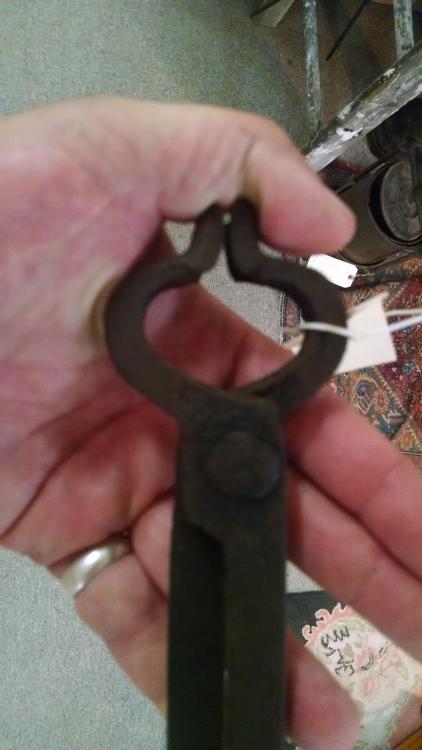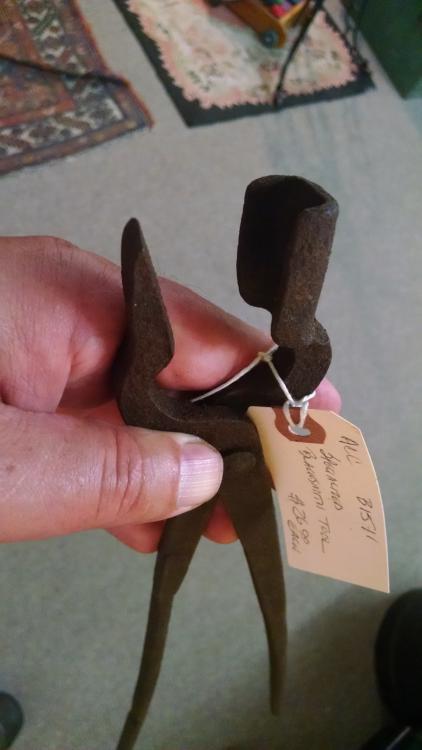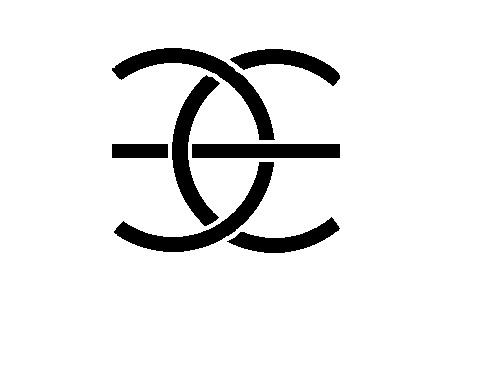-
Posts
19,403 -
Joined
-
Last visited
Content Type
Profiles
Forums
Articles
Gallery
Downloads
Events
Everything posted by JHCC
-
I can think of a few more jokes, but they're all pretty baaaad.
-
I like the tire stand as well; makes it easier to move around, I suppose.
-
Nice!
-
Here's a thought for you: why not just use a wood that's closer to the final color you want? Walnut gives a lovely chocolate brown, maple is a nice blonde color (and sometimes you can find pieces with attractive grain patters, like tiger, fiddleback, and birdseye), and cherry darkens in time to a really nice warm reddish-brown. Sand or scrape the wood smooth, give it a clear finish, and be done. Another option is to do a "fire finish", which is to take a piece of wood (preferably one with a distinct pattern of growth rings, like oak or yellow pine), lightly char the outside over an open flame (got any open flames handy? ), and then brush off the charred surface with a stiff brush or a wire brush. With a little care, you get a terrific grain pattern and a nice color, and it's quite appropriate for forged work. Your bits of antique wood could do well.
-
1) Name: John Congdon 2) LocationOberlin, Ohio 3) What type blacksmithing do you do, what do you make.At the moment, making some basic tools (hardie, chisels, punches) to replace my old (lost, lamented) kit. 4) How and when did you get started in blacksmithing I first got started as a teenager (see #8, below). I'd always done crafty things (pottery, weaving, etc) and eventually was a professional woodworker for about eight years. I took up blacksmithing as a hobby, and it remained one for several years until I moved to NYC to get married and didn't have anywhere to forge. My son just got interested, though, so we're putting the band forge back together. 5) What object or thing did you use as your first anvil, A dinky little bench anvil, about two pounds. My mom still uses it as a paperweight. 6) Tell us about your first forge, hole in the ground, camp fire, brake drum, stacked bricks, A gallon juice can lined with clay and burning charcoal briquets. Not particularly effective!7) Who assisted you or encouraged you in the craft My first real teacher was Fred Christ at the Philadelphia College of Art. What a guy. 8) What event changed your attitude about blacksmithing The first time I put hammer to iron was at a craft fair where I was (supposed to be) helping my dad sell his Shaker-style boxes. There was a guy there who had a little forge set up, and he let me crank the blower and (eventually) make a poker. That was the initial spark (ha, ha) of inspiration that got me started. The other event was just a couple of months ago: my son was participating in a summer camp program for autistic kids, and they got a visit from a young smith who did a little knifemaking demo. All the kids who wanted to got to take a few wacks at a cherry red railroad spike, and my boy decided to as well. (This is pretty huge, by the way; like many ASD kids, he hates to try new things.) He liked it so much that I decided to remount the anvil I'd been lugging around for twenty-three years and start things up again, not just on my own, but with him as my striker. He's loving it, and time in the forge is a great reward for good behavior, finishing his homework, etc. 9) What tool has changed or made your life easier in the shop I love my anvil, a 150# Mousehole that was my fifteenth birthday present. 10) What advice would you give those starting out in blacksmithing Do your homework before asking stupid questions on IFI. 11) What advice would you give those already involved in blacksmithing Don't stop. I did, and those are twenty-three lost years of learning and skill development that I will never get back. 12) What are some of the interesting things that have happened to you in your life as a blacksmith. Fred took our class on a field trip to the Yellin forge and museum. That was a great experience.
-
Looks like an interesting project; keep the photos coming!
- 24 replies
-

After abortive attempts at overthinking, we settle on a nice rivet forge
JHCC replied to JHCC's topic in Solid Fuel Forges
Update: the clay lining of the shield was drying very crumbly (it was hard to ram as hard as the other parts), so I stripped that section out and redid it with a somewhat damper adobe. The whole thing is now drying. -
Vise grips.
-

After abortive attempts at overthinking, we settle on a nice rivet forge
JHCC replied to JHCC's topic in Solid Fuel Forges
It's a little smaller than the first one I got about thirty-some years ago. -
Sounds good. It's one bouncy anvil, that's for sure. Indeed, that's why I got it in the first place, even though the dealer had some others that were cleaner and flatter on top, but just weren't as lively.
-
Update: I just took apart a CV joint (to get the half axle for tool stock) and used one of the ball bearings to test for rebound. Looks like about 80-85%.
-
Well, I guess that's the risk we take.
-

After abortive attempts at overthinking, we settle on a nice rivet forge
JHCC replied to JHCC's topic in Solid Fuel Forges
Yeah, Frosty had some advice for me on this, higher up in the thread. -

After abortive attempts at overthinking, we settle on a nice rivet forge
JHCC replied to JHCC's topic in Solid Fuel Forges
I'm burning charcoal. If I were burning coal, I would not have bothered with the clay. -
Carnuba is a specific kind of wax. In its natural state, it's REALLY hard; hence, for most applications, it's mixed with some kind of solvent to make it more pliable while it's being applied. Once the solvent evaporates, the wax remains. Paste waxes are mixtures of wax (usually some combination of carnuba and beeswax, sometimes synthetic waxes) and solvent (usually mineral spirits). Butcher's Wax is one name brand; Trewax is another. Minwax makes some good versions. Both carnuba and beeswax are food safe; the solvent isn't, but evaporates out. One little detail: most "clear" paste waxes are actually white or slightly pinkish. Not really a problem, unless you get some little flecks in the corners where it's hard to rub out. This is why I'd recommend the Dark Brown version of the Minwax Paste Finishing Wax; any excess won't stand out against the metal. (We used tons of the stuff on furniture in every wood shop I've ever worked in, as well as on metalwork in the art restoration studio.) With all of these, you wipe on as thin a coat as you can, let dry for a minute (fill the time with patter, if you're selling straight from the forge), then buff with a soft cloth (old t-shirt, for example). The second buffing smooths out the surface of the wax and brings up the shine. ADDENDUM: Beeswax is a lot softer than carnuba, so it's not quite as durable and doesn't have quite as hard a shine. However, it's much less expensive, so that's why it gets blended with carnuba in some of the less pricey paste waxes.
-

forge welding, and quenching
JHCC replied to Tempered Warrior's topic in Blacksmithing, General Discussion
They make an amphibious Unimog? -

After abortive attempts at overthinking, we settle on a nice rivet forge
JHCC replied to JHCC's topic in Solid Fuel Forges
And here is the new duck's nest, rammed in place and drying nicely. I had more clay than I needed, so I decided to line the shield as well. Probably overkill, but what the heck. And here's another view. The duck's nest is about 6" deep, grate to rim. -
-

After abortive attempts at overthinking, we settle on a nice rivet forge
JHCC replied to JHCC's topic in Solid Fuel Forges
Well, I moved the shield and reclayed the pot with rammed earth (the local clay with some sand and wood ashes mixed in). I'll try to get some pictures tomorrow. -
Not a single hit, although it does offer (as its top suggestion) the symbol for the Euro. Apparently, I'm going to do well in the Eurozone. Thanks, folks!
-
Thinking of this for a touchmark. It's a variation of a mongram I've been using since fourth grade, an intertwining of the "J" and the "C" of my initials. In this particular configuration, it hints at the middle "H" as well, plus it reads essentially the same right-side-up and upside-down. Thoughts?
-

After abortive attempts at overthinking, we settle on a nice rivet forge
JHCC replied to JHCC's topic in Solid Fuel Forges
Well, I know that, but the question is if the shield (which will not be in direct contact with the fire) will be close enough to the heat to generate ZnO fumes. -
It is. Now I feel sheepish.... It is indeed Nash, and the original third line was "It makes the peas taste funny"; see this article.
-
This lamb would be a good meal for an anemic: it's high in iron.
-

After abortive attempts at overthinking, we settle on a nice rivet forge
JHCC replied to JHCC's topic in Solid Fuel Forges
Took the shield off this morning to look at alternative placements (and to roll the raw edge). Should I be worried that it appears to be galvanized?





